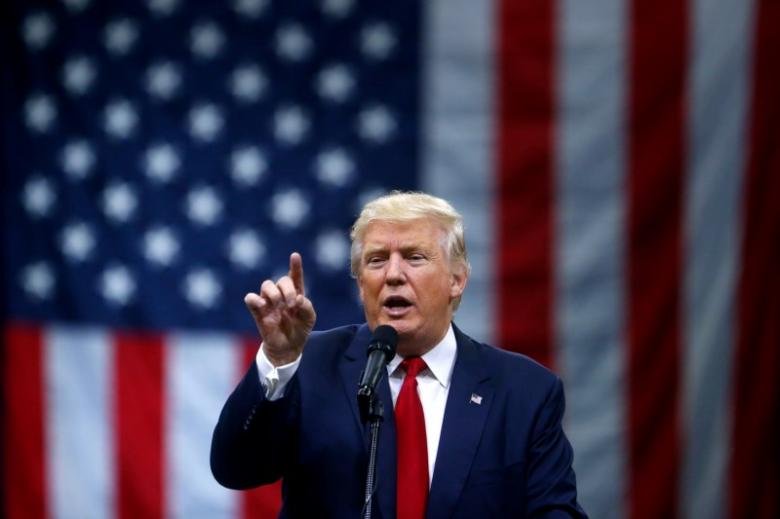US President Donald Trump has accused China of doing nothing on North Korea and said he was “very disappointed” with Beijing, a day after Pyongyang launched an intercontinental ballistic missile test.
Trump also said he will no longer allow North Korea to continue with its belligerent behaviour.
I am very disappointed in China. Our foolish past leaders have allowed them to make hundreds of billions of dollars a year in trade, yet…
— Donald J. Trump (@realDonaldTrump) July 29, 2017
…they do NOTHING for us with North Korea, just talk. We will no longer allow this to continue. China could easily solve this problem!
— Donald J. Trump (@realDonaldTrump) July 29, 2017
On Friday, North Korea fired a new intercontinental ballistic missile that experts say has the potential to reach the US mainland.
“We will no longer allow this to continue. China could easily solve this problem!” said the US President, expressing his deep disappointment over Chinese inaction while North Korea continues with its ballistic missile tests and going ahead with its nuclear weapons programme.
Meanwhile, in response to North Korea’s ballistic missile and nuclear programmes, two US Air Force B-1B bombers under the command of US Pacific Air Forces, joined their counterparts from South Korea and Japanese air forces in a sequenced bilateral missions July 29.
This mission is in direct response to North Korea’s escalatory launch of intercontinental ballistic missiles on July 3 and July 28, the US Pacific Command said.

“North Korea remains the most urgent threat to regional stability,” said Gen Terrence J O’Shaughnessy, Pacific Air Forces commander.
“Diplomacy remains the lead; however, we have a responsibility to our allies and our nation to showcase our unwavering commitment while planning for the worst-case scenario.
“If called upon, we are ready to respond with rapid, lethal and overwhelming force at a time and place of our choosing,” he said.
After taking off from Andersen Air Force Base, Guam, the B-1s flew to Japanese airspace, where they were joined by two Koku Jieitai (Japan Air Self Defence Force) F-2 fighter jets.
The B-1s then flew over the Korean Peninsula where they were joined by four Republic of Korea Air Force F-15 fighter jets.
The B-1s then performed a low-pass over Osan Air Base, South Korea, before leaving South Korean airspace and returning to Guam.
Throughout the approximately 10-hour mission, the aircrews practiced intercept and formation training, enabling them to improve their combined capabilities and tactical skills, while also strengthening the long standing military- to-military relationships in the Indo-Asia-Pacific region, a media release said.
US Pacific Command maintains flexible bomber and fighter capabilities in the Indo-Asia-Pacific theater, retaining the ability to quickly respond to any regional threat in order to defend the US homeland and in support of our allies, it said.

















